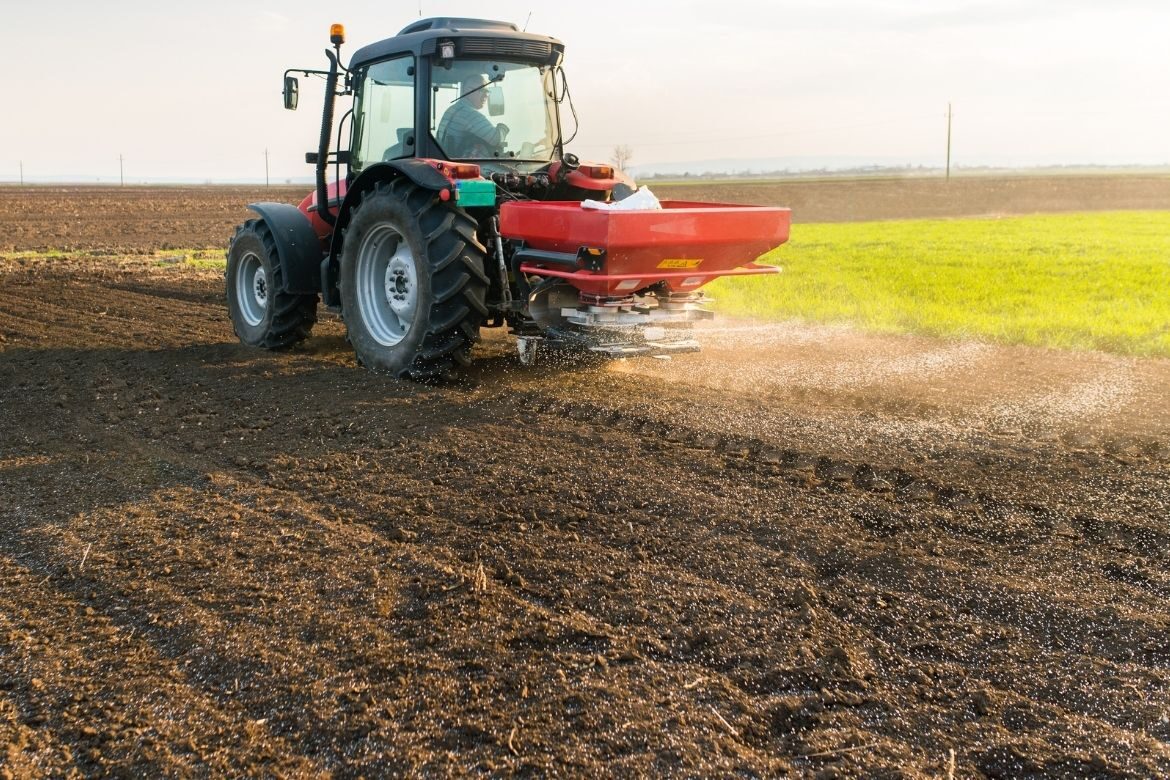Europe has been hardest hit by fertiliser-plant cutbacks on soaring costs of natural gas used to run them, and nutrient prices there remain at a record, even as pressure eased in North America.
According to VTB Capital estimates, Europe could face a deficit of about 9% of its annual nitrogen-fertiliser needs in the first half, with food getting pricier if harvests suffer or crop prices rise.
As the continent’s farmers prepare to spread fertilizer after winter, sky-high nutrient prices are leaving them little choice but to use less and try to pass on the cost down the food chain.
For growers of staples such as corn and wheat, it’s the first time they’ve been exposed to a fertiliser crisis fuelled by an energy crunch, export curbs and trade sanctions.
Agricultural economist Gyorgy Rasko states that, In Hungary, nitrogen fertiliser usage will drop around 30% to 40% this season, hurting crop yields, said who has farms in the country.
“If there’s a drought around the end of April and May, the effect could be even more devastating, since nitrogen helps plants survive dry days,” he said.
Nitrogen nutrients are crucial for spring growth in Europe and are used again from February. They’re also the type most affected by Europe’s energy crisis because they’re produced using gas. A first-half shortage of those types may reach as much as 7 million tons, VTB said.
The fertiliser market also faces wider threats, from export restrictions by Russia and China to sanctions on Belarusian potash output that’s affecting trade routes. Harvests are at risk.
LSL News.

